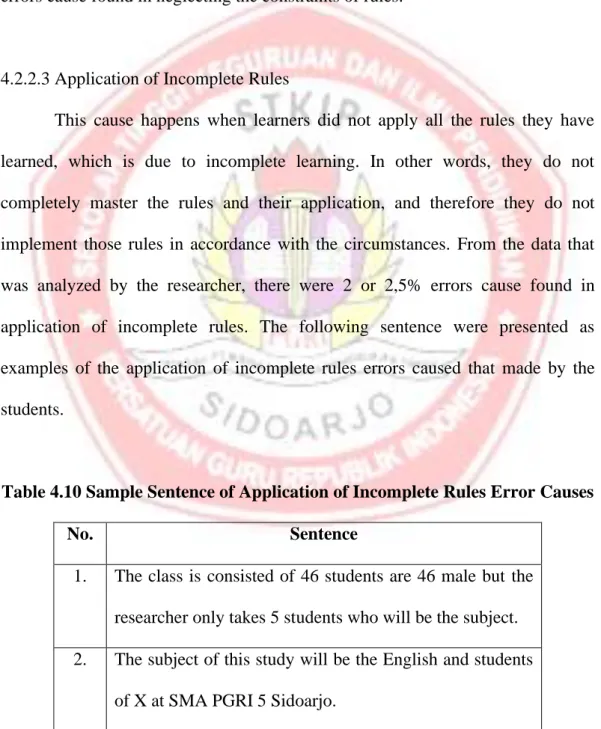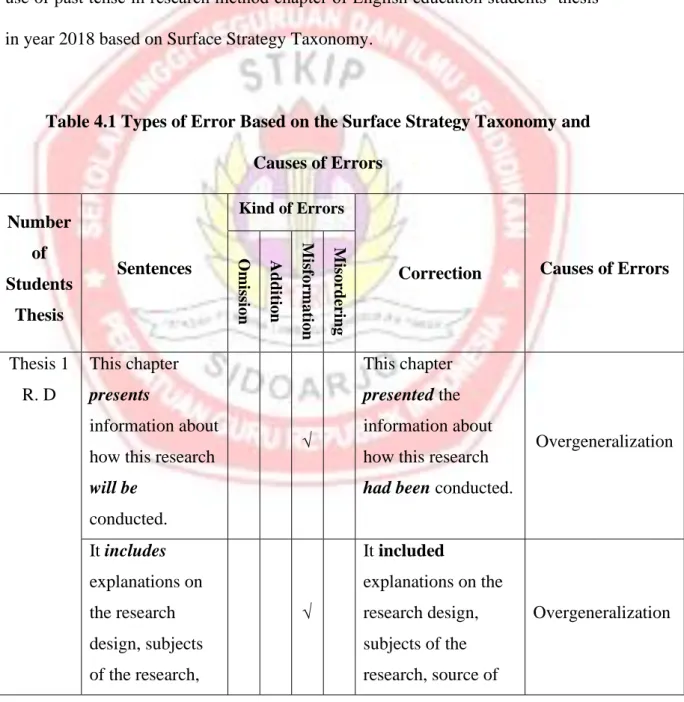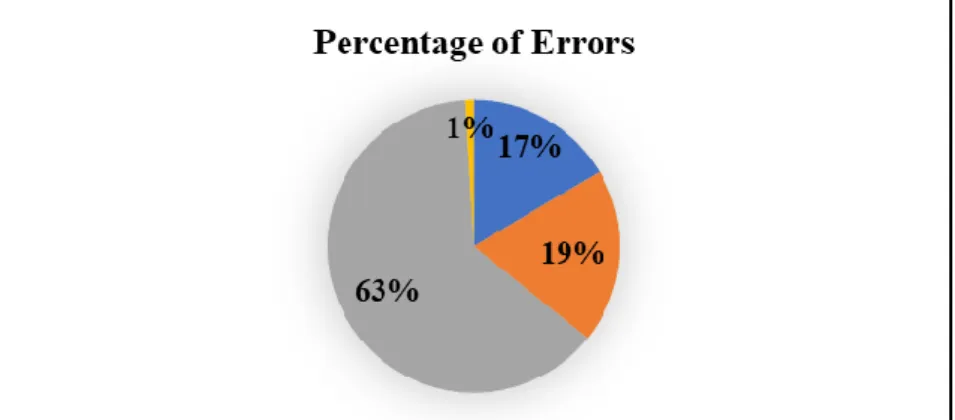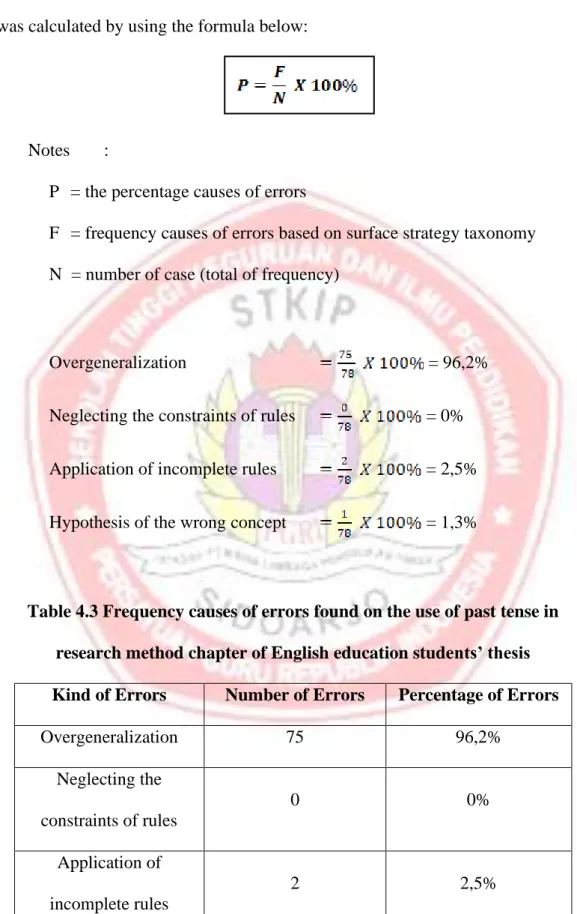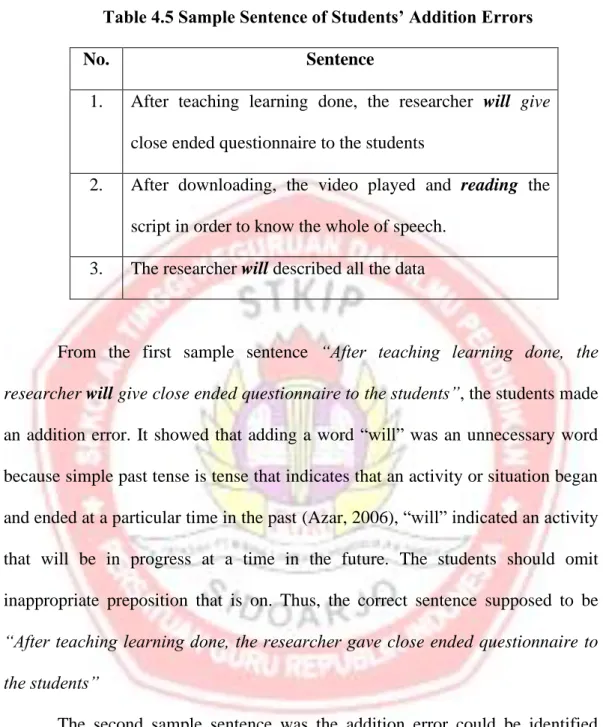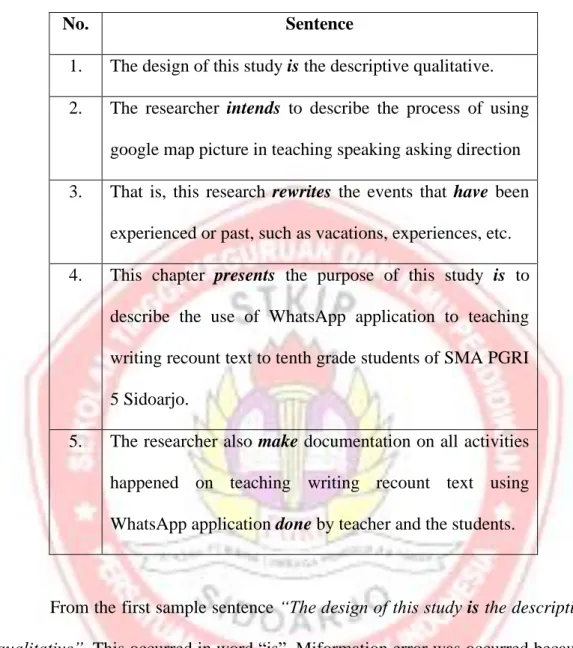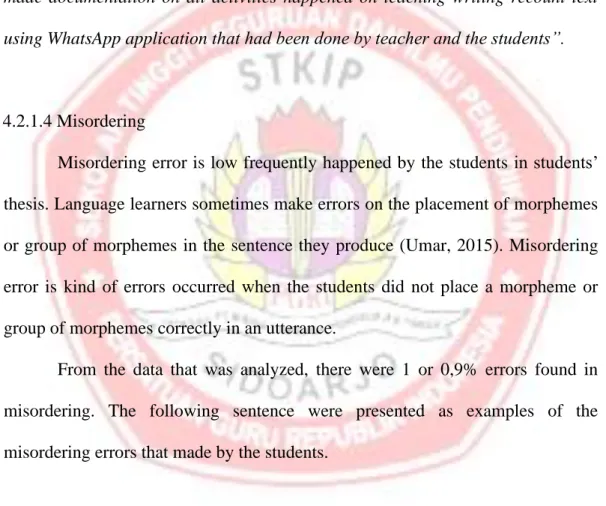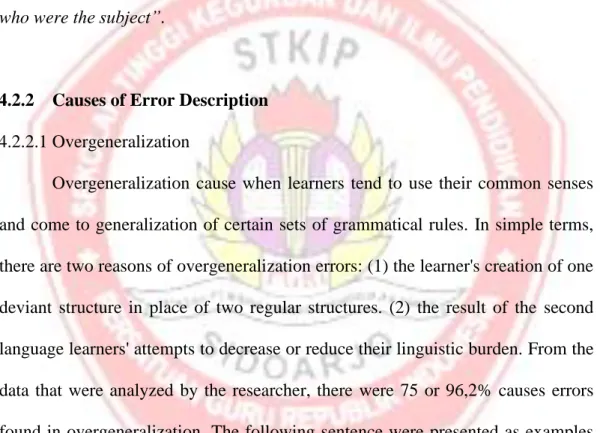The researcher investigated the students' perception after they were taught using Google map photography. Finally, the researcher will analyze the data to know if the Google map picture can motivate them in learning to speak. There are several steps in this chapter that the researcher chooses to solve the problem.
There were several steps in this chapter that the researcher chose to solve the problem. The researcher can find whether the media that the teacher is good or not and draw conclusions. The researcher could find whether the media that the teacher was good or not and drew.
The researcher will only act as an observer watching and listening attentively to the movie. In this research, the researcher will analyze utterances of main character which are only illocutionary acts. In this research, the researcher analyzed utterances of main character which were only illocutionary acts.
The researcher will collect the data by observing how to learn English retelling text using WhatsApp. The researcher collected the data by observing how to learn English retelling text using WhatsApp. The researcher will also observe the participation of the students of class XII during the English lesson.
The researcher also observed the participation of XII graders. class in English lessons. The researcher will record all the activities carried out in the classroom and present the result. According to the collected data, the researcher analyzed the data obtained from the results of observation, recording cameras in the field.
The researcher also documented all the activities that happened with the teaching of writing retelling text using WhatsApp. Then the result of the observation field note and the students' questionnaire is analyzed by the researcher and makes a diagram. Out of the total number of error results in terms of percentage, the researcher found 16.5% errors in omissions, 19.3% errors in addition, 63.3% errors in misinformation and 0.9% errors in wrong order.
Of the total causes of errors in percentages, the researcher found 96.2% of the causes of errors in overgeneralization, 0%.
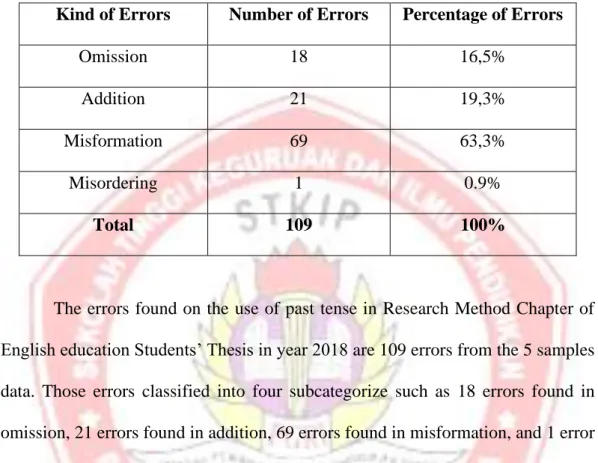
Discussion
Types of Errors Description
From the first example sentence "The researcher will observe the situation in the class", the omission error can be identified from the word "observe". Thus, the sentence should be "The researcher acted as an observer who attentively watched and listened to the film". Thus, the correct sentence should be "There were three kinds of instruments used in this study".
The following sentences were presented as examples of addition errors that the students made. From the first example sentence "After teaching the completed lesson, the researcher will give the closed questionnaire to the students", the students made a mistake in assembly. The third sample sentence “The researcher will describe all the data”, the students made a mistake in addition.
The following sentence was presented as an example of the deformity errors made by the students. Therefore, the correct sentence should be: “The design of this study was descriptive qualitative.” Then, from the second example sentence, the researcher wants to describe the process of using Google Maps in learning to speak and ask questions.
The error in word "intended" should be changed to "intended" because it was a verb that should be changed to the past tense. Therefore, the correct sentence should be "The researcher intended to describe the process of using google map picture in the teaching of speaking, asking direction". The error in word "present" should be changed to "presented" because it was a verb that should be changed to the past tense.
Later, the fifth example sentence "The researcher also makes documentation about all activities that happened in the teaching of writing, narrative text using WhatsApp application done by teacher and the students". The mistake in word "make" should be changed to "made" because it was a verb that should be changed to the past tense. So the sentence should be "The researcher also made documentation about all activities that happened in the teaching of writing retelling text using WhatsApp application that was done by teacher and the students".
From the first sample sentence "The class consists of 46 students, 46 of whom are male, but the researcher takes only 5 students to be the subject". So the sentence should be "The class consisted of 46 students, but the researcher took only 5 students to be the subject".
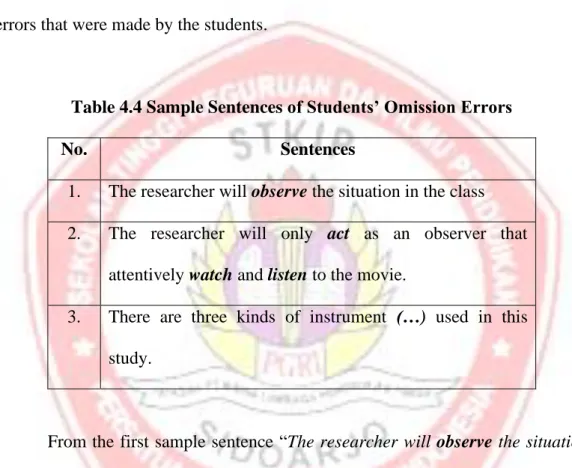
Causes of Error Description .1 Overgeneralization
The sentence must be changed to V2 (past tense). The sentence should be "They were, 1.) Field note 2.) Questionnaire and 3.) Observation checklist". From the data analyzed by the researcher, there was 2 or 2.5% error cause found when using incomplete rules. The following sentence was presented as examples of the use of incomplete rule errors caused by the students.
The class consists of 46 students, 46 of whom are male, but the researcher takes only 5 students to be the subject. The subject of this study will be English and students X at SMA PGRI 5 Sidoarjo. The source of data in this research will be in the form of data that will be in the form of data produced by the tenth grade English teacher of SMA PGRI 5 Sidoarjo and students of XII.
From the first sample data: “The class consists of 46 students, of which 46 are male, but the researcher takes only 5 students who will be the subject,” instead. The student who applies the rules incompletely can also be termed as an inability to achieve complete knowledge of the second language in grammatical rules. Then, from the second sample data "The subject of this study will be the English and the students of X at SMA PGRI 5 Sidoarjo", instead "The subject of this study was the English and the students ".
The third sample sentence “The source of data in this research will be in the form of data that will be in the form of data produced by the tenth grade English teacher of SMA PGRI 5 Sidoarjo and students of XII. ”, Instead “The source of data in this research was in the form of data prepared by a tenth grade English teacher of SMA PGRI 5 Sidoarjo. It can also be called as not achieving full knowledge of the second language in grammatical rules. A false concept hypothesis is a deviation that occurs due to incorrect knowledge about the rules of a second language (Sari, 2019).
From the data analyzed by the researcher, there was 1 or 1.3% cause of error found in the hypothesis of the wrong concept. The following sentence was presented as examples of the hypothesis of the incorrect conceptual errors caused by the students. From the first sample sentence showed incorrect sentence because the form of the sentence was past tense.
